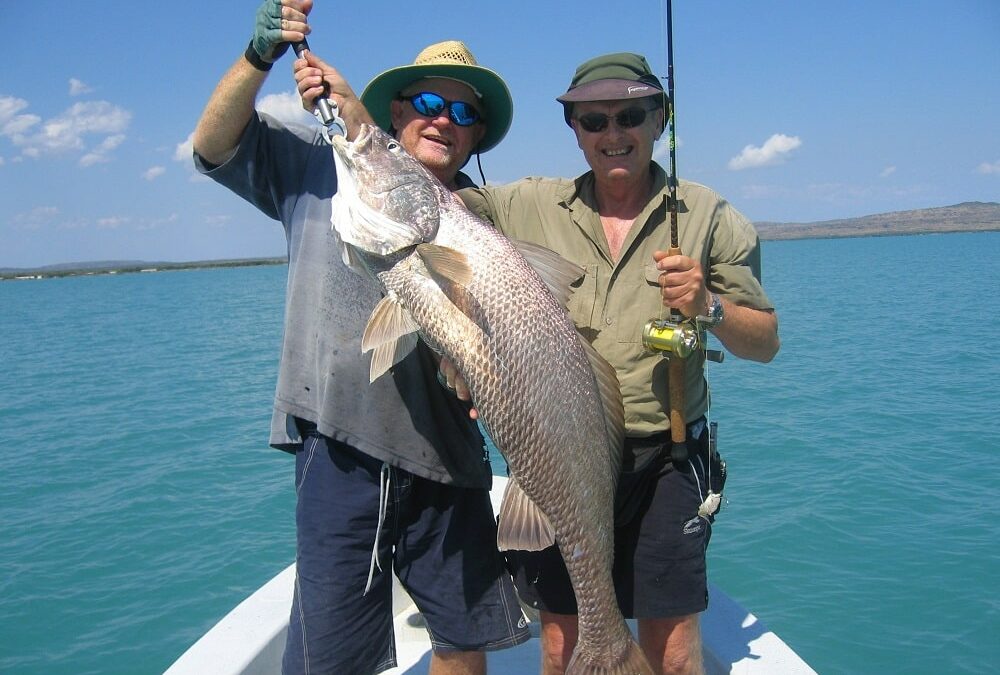Hawkesbury River Fish Species: 7 Fascinating Catches to Know
Discover the Rich Diversity of Hawkesbury River Fish Species
The Hawkesbury River is a paradise for anglers and nature enthusiasts alike, offering a diverse range of fish species that thrive in its waters. Whether you’re a seasoned angler looking for your next big catch or a nature lover eager to learn more about the local aquatic life, understanding the key fish species in the Hawkesbury River is essential. In this guide, we’ll explore seven fascinating fish species that you’re likely to encounter during your visit, providing you with valuable insights to enhance your fishing experience.
Stay at the Ultimate Fishing Retreat
Hawkesbury River Fish Species & the Perfect Base: The Hawkesbury River Hideout
Nestled along the serene waters of the Hawkesbury River, the Hawkesbury River Hideout serves as the ideal base for any fishing adventure. This luxurious retreat offers more than just comfortable accommodations; it provides direct access to some of the best fishing spots in the region. With its private jetty and proximity to prime fishing areas, the Hideout is perfectly positioned for those looking to make the most of their time on the river.

After a day spent reeling in impressive catches, you can return to the Hideout to relax in style. Whether you’re grilling up your fresh catch on the modern 4-burner gas barbecue or unwinding by the outdoor fireplace with panoramic river views, the Hideout ensures that your fishing trip is both successful and rejuvenating. It’s not just a place to stay—it’s the ultimate fishing retreat where you can immerse yourself in the natural beauty and abundant aquatic life of the Hawkesbury River.

Meet the Iconic Australian Bass of Hawkesbury River
Australian Bass: A Star Among Hawkesbury River Fish Species
The Australian Bass is one of the most iconic and sought-after fish species in the Hawkesbury River. Known for its fighting spirit and the challenge it presents to anglers, the Australian Bass is a freshwater fish that can be found in the upper reaches of the river, especially around areas with plenty of structure like fallen trees, submerged logs, and rocky outcrops.
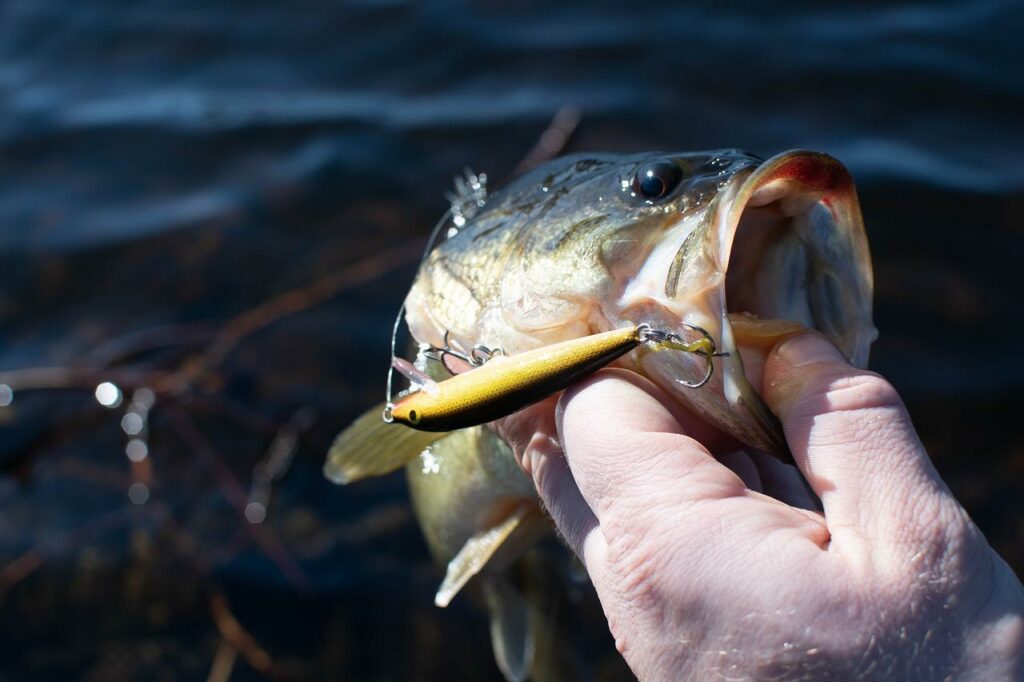
Characteristics:
The Australian Bass is easily recognizable by its sleek, silver body and dark, olive-green back. These fish are known to grow up to 60 centimeters in length and can weigh as much as 4 kilograms, making them a prized catch for anglers. They are particularly active during the warmer months, which is the best time to target them.
Habitat:
In the Hawkesbury River, Australian Bass prefer areas with plenty of cover, where they can ambush prey. They are often found near overhanging vegetation, deep pools, and fast-flowing sections of the river. The upper reaches of the river, where freshwater mixes with brackish water, are prime locations for finding this species.
Fishing Tips:
Catching Australian Bass requires a bit of skill and patience. They are most active at dawn and dusk, making these times ideal for fishing. Using surface lures or small crankbaits that mimic the movements of their natural prey can be particularly effective. Additionally, ensuring your gear is up to the task is crucial, as these fish are known to put up a strong fight.
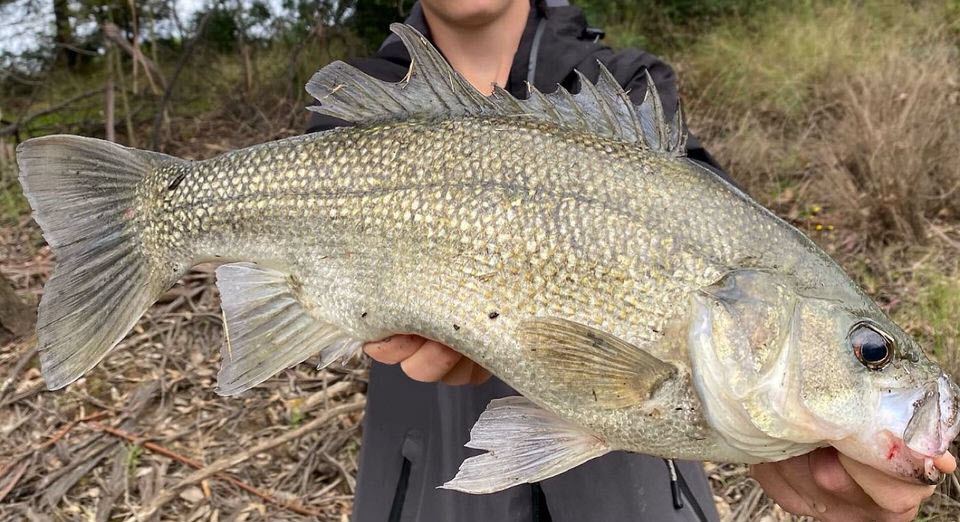
Explore the Popular Bream in Hawkesbury River
Bream: A Favourite Among Hawkesbury River Fish Species
Bream are a staple of the Hawkesbury River’s aquatic life, known for their abundance and accessibility, making them a popular target for anglers of all skill levels. This species is highly adaptable and can be found throughout the river, from the brackish waters near the river mouth to the upper reaches closer to the freshwater.
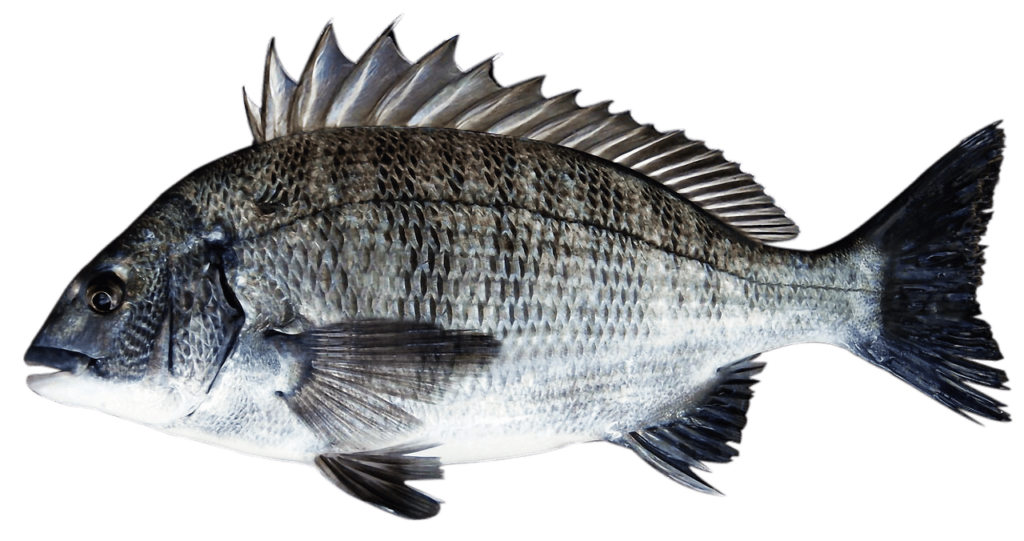
Characteristics:
Bream are recognized by their silver bodies with a yellowish or bronze tinge, often with a darker back. They typically grow to about 30 centimeters in length, though larger specimens can reach up to 45 centimeters. Bream are known for their strong, jerky fighting style, which can provide a thrilling experience for anglers.
Habitat:
In the Hawkesbury River, Bream are commonly found around structures such as oyster leases, bridge pylons, and mangroves. They also favor areas with sandy or muddy bottoms where they can forage for food. The versatility of Bream allows them to thrive in various parts of the river, making them an accessible catch for many anglers.
Fishing Tips:
Bream are best caught using light tackle to enjoy the full experience of their spirited fight. They are particularly responsive to bait such as prawns, yabbies, and bloodworms, but soft plastics and small lures can also be effective. The best times to fish for Bream are early morning and late afternoon, especially during the warmer months when they are most active.
Reel in the Iconic Flathead from Hawkesbury River
Flathead: A Fascinating Hawkesbury River Fish Species
Flathead are another prized catch in the Hawkesbury River, known for their distinct appearance and delicious taste. These bottom-dwelling fish are a favorite among both recreational and sport anglers, thanks to their accessibility and the challenge they present.
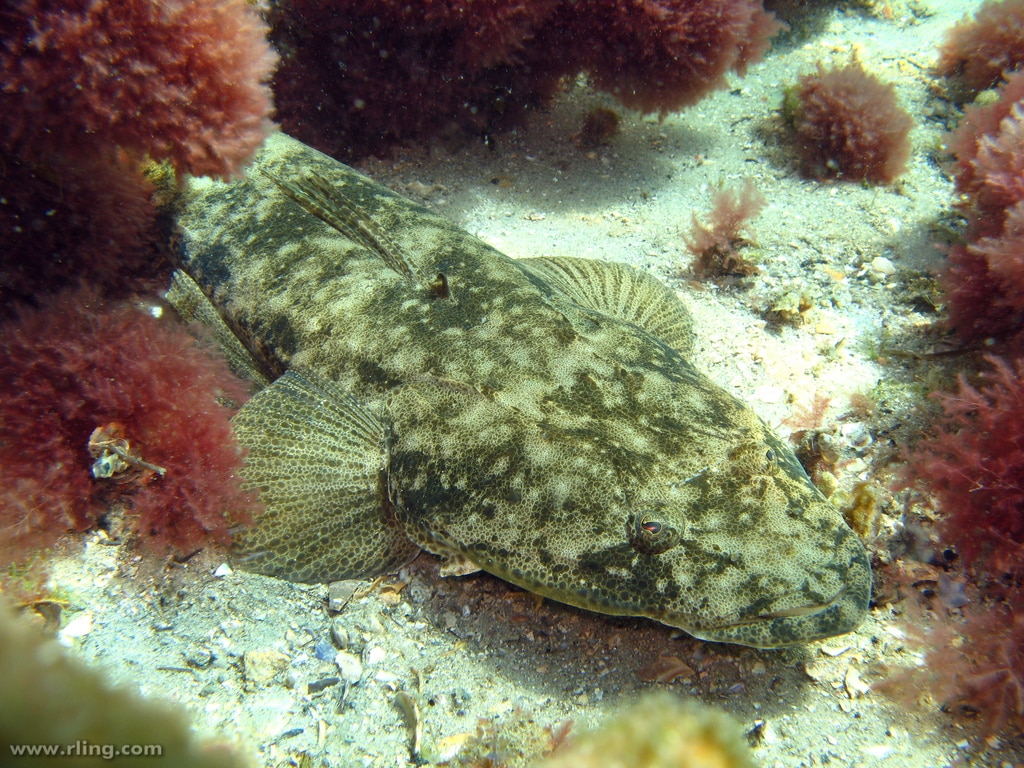
(A Dusky Flathead (Platycephalus fuscus) By Richard Ling, Licensed Under CC by 2.0)
Characteristics:
Flathead are easily identifiable by their elongated, flattened bodies and broad, triangular heads. They are typically a sandy brown color with dark blotches that help them blend into the riverbed. Flathead can grow quite large, with some specimens reaching up to 1 meter in length, although they are more commonly found between 30 to 60 centimeters.
Habitat:
Flathead prefer sandy or muddy bottoms where they can bury themselves and ambush prey. In the Hawkesbury River, they are often found in shallow waters near river mouths, estuaries, and along sandy banks. They are particularly abundant in the lower reaches of the river, where the tidal influence creates ideal conditions for them to thrive.
Fishing Tips:
When targeting Flathead, using soft plastics or live bait such as prawns or small fish is highly effective. These fish are known to strike aggressively, making them an exciting catch. Drifting along sandy banks or casting near drop-offs and channels can yield good results. Flathead are active throughout the year, but the warmer months tend to be the most productive.
The Challenge of Fishing for Mulloway
Mulloway: A Prized Hawkesbury River Fish Species
Mulloway, also known as Jewfish, are among the most sought-after fish species in the Hawkesbury River, prized for their size, strength, and the challenge they present to anglers. Known for their elusive nature, catching a Mulloway is often considered a significant achievement.
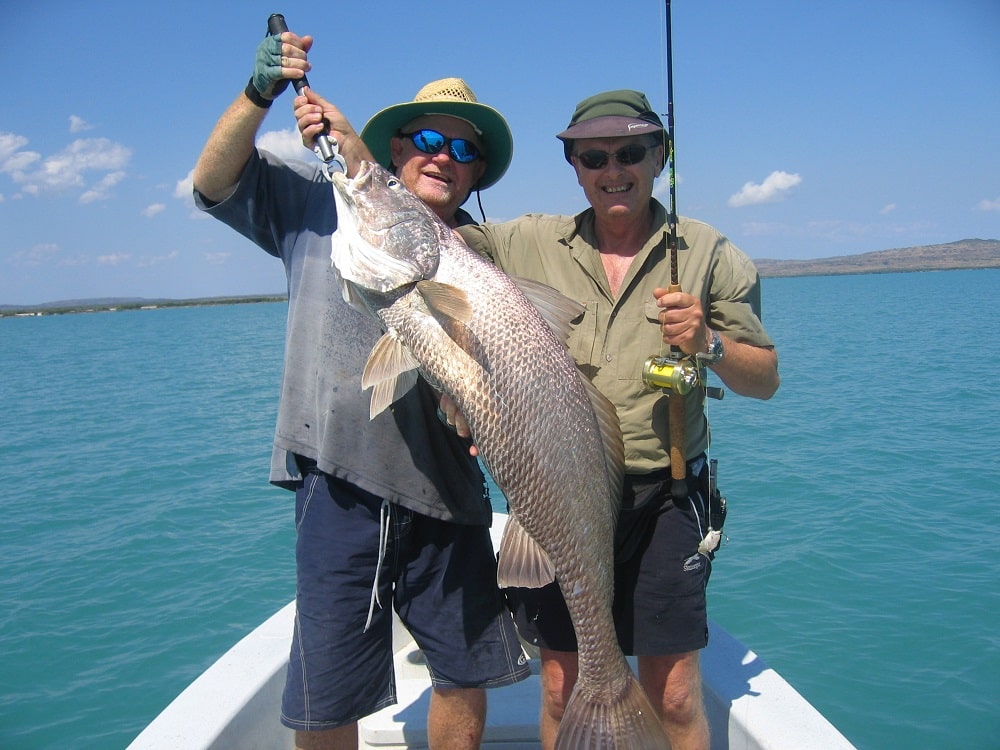
Characteristics:
Mulloway are large, silver-scaled fish with a distinctive bronze sheen. They can grow to impressive sizes, with some specimens exceeding 1.5 meters in length and weighing over 30 kilograms. Their powerful bodies and sharp instincts make them formidable opponents in the water, often giving even experienced anglers a run for their money.
Habitat:
In the Hawkesbury River, Mulloway are typically found in deeper sections of the river, particularly around structure such as bridge pylons, rock walls, and deep holes. They are nocturnal feeders and are most active during the night or in the early hours of the morning. The best spots to target Mulloway are near tidal estuaries, where the mixing of fresh and saltwater attracts baitfish, which in turn draws in these predators.
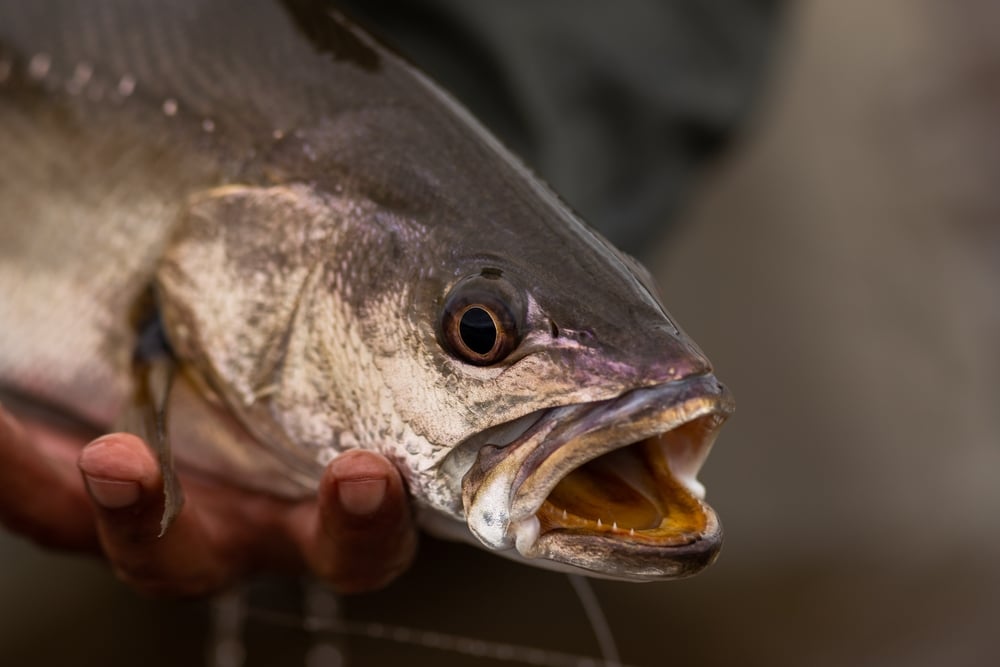
Fishing Tips:
Catching Mulloway requires patience and the right approach. Live bait, such as mullet or squid, is particularly effective, but they can also be tempted with large soft plastics or hard-bodied lures. Heavy tackle is recommended due to their size and strength. The key to success is persistence, as Mulloway are known to be unpredictable and elusive. Fishing during the tide change or after dark can increase your chances of landing one of these prized catches.
Find the Estuary Perch in the Hawkesbury River
Estuary Perch: A Distinctive Hawkesbury River Fish Species
Estuary Perch are a distinctive species found in the Hawkesbury River. Often confused with Australian Bass, these fish have their own traits that make them a rewarding catch for anglers who know where to look.
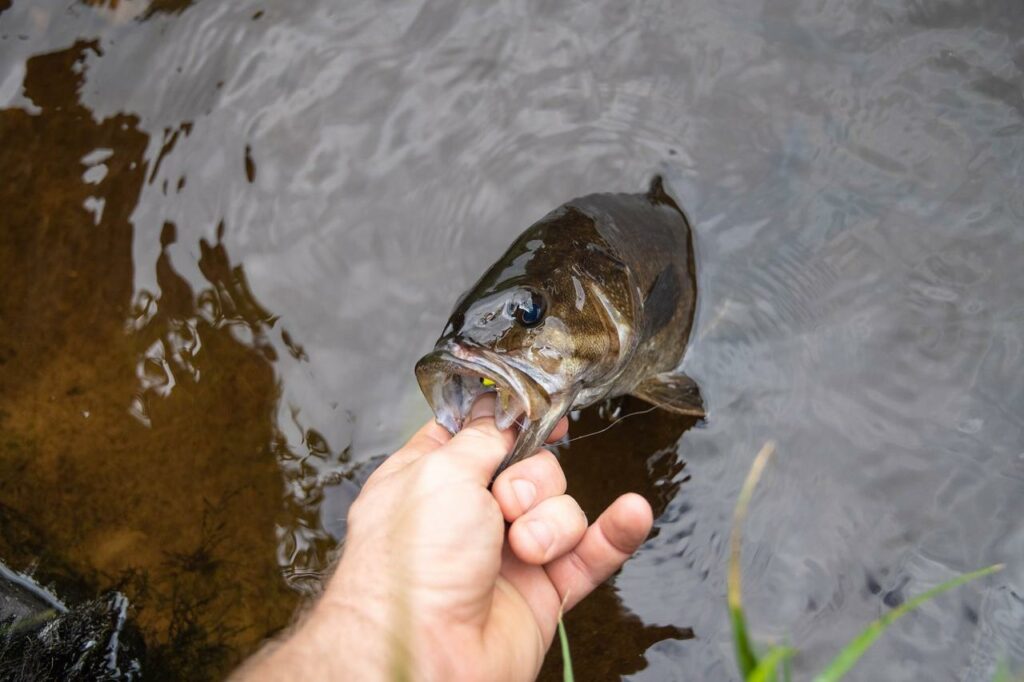
Characteristics:
Estuary Perch are similar in appearance to Australian Bass, with a deep, elongated body and a silver to dark green coloration. However, they can be distinguished by their larger eyes and the distinctive yellowish tinge on their fins. Estuary Perch typically grow up to 50 centimeters in length, though they are commonly found around 30 to 40 centimeters.
Habitat:
In the Hawkesbury River, Estuary Perch are typically found in brackish waters, particularly in the middle to lower sections of the river where the freshwater mixes with saltwater. They prefer areas with plenty of cover, such as overhanging vegetation, fallen trees, and submerged structures. These fish are often found in schools, making them easier to target when located.
Fishing Tips:
When targeting Estuary Perch, light to medium tackle is recommended to fully enjoy their spirited fight. Small soft plastics, hard-bodied lures, and live bait such as prawns or small fish are particularly effective. Fishing around structure during the early morning or late afternoon can increase your chances of success. Additionally, being mindful of seasonal changes is important, as Estuary Perch are more active and easier to find during their spawning season in late spring and early summer.
The Lively Luderick: A Fun Catch in the Hawkesbury River
Luderick: A Spirited Hawkesbury River Fish Species
Luderick, also known as Blackfish, are well-known for their spirited fight and the challenge they present, making them a favorite among anglers in the Hawkesbury River. These fish are not only abundant but also provide an exciting fishing experience for both beginners and seasoned anglers.
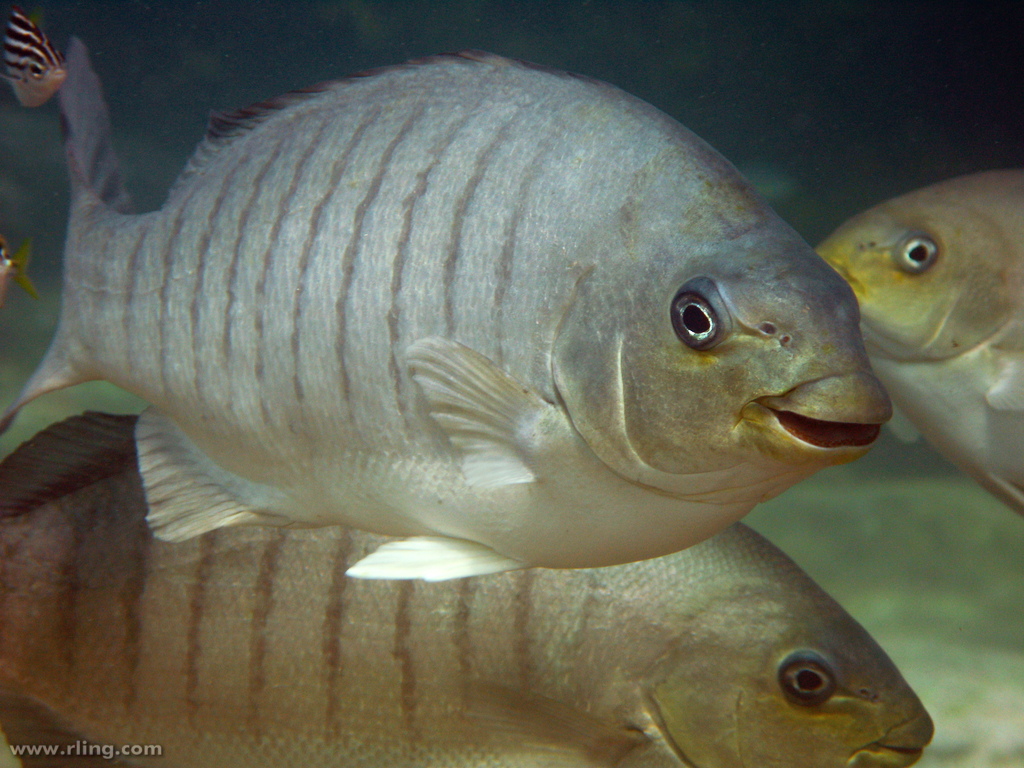
Luderick (Girella tricuspidata). By Richard Ling, Licensed Under CC by 2.0)
Characteristics:
Luderick are easily recognized by their dark, almost black vertical stripes running down their silvery-grey bodies. They typically grow to about 30 to 40 centimeters in length, although larger specimens can exceed 50 centimeters. Luderick are known for their strong, determined fight when hooked, often diving towards the bottom and using their power to resist being reeled in.
Habitat:
In the Hawkesbury River, Luderick are usually found around rocky outcrops, breakwaters, and areas with plenty of submerged vegetation, such as seagrass beds and weed patches. They thrive in the brackish waters where the river meets the sea, making estuaries and inlets prime locations for targeting this species.
Fishing Tips:
Catching Luderick can be both fun and rewarding, especially when using the right technique. The most effective method is using green weed or cabbage as bait, which closely mimics their natural diet. Float fishing is particularly popular for Luderick, allowing you to keep the bait at the right depth. Patience and precision are key, as Luderick are known to nibble cautiously before taking the bait fully. Early morning and late afternoon are the best times to target this species, especially during the warmer months.
Chasing the Fast-Moving Tailor in Hawkesbury River
Tailor: An Exciting Hawkesbury River Fish Species
Tailor, known for their speed and aggressive strikes, are one of the most exciting fish species to catch in the Hawkesbury River. These fast-moving predators are a favorite among sport anglers, offering a thrilling experience on the water.
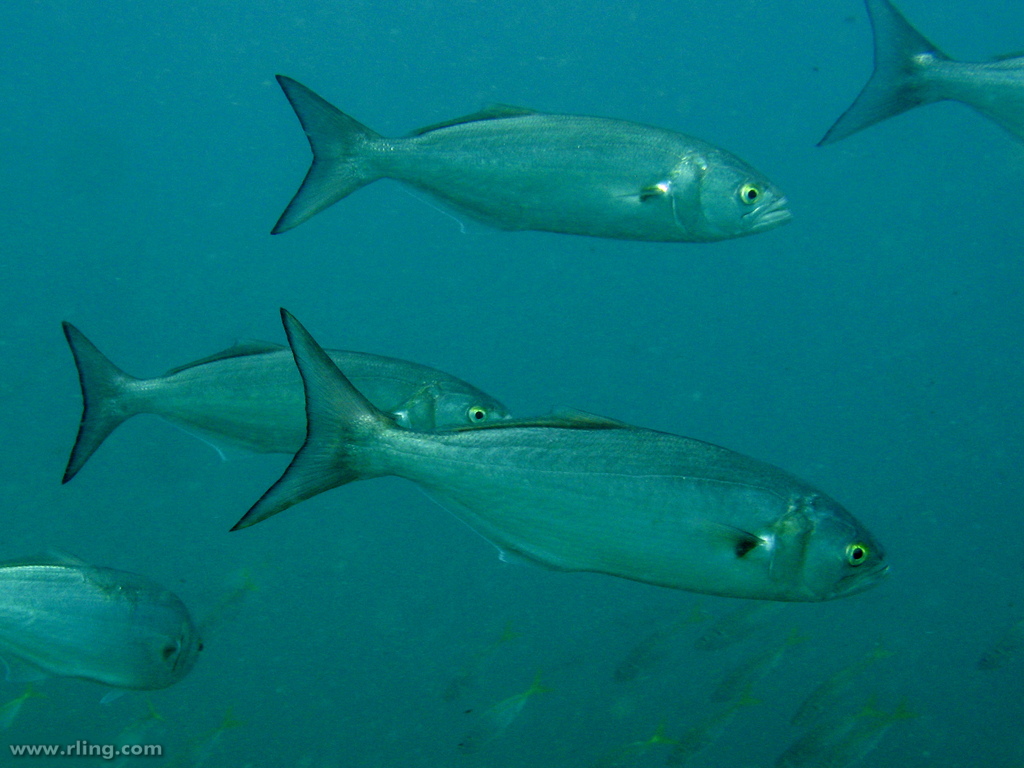
Characteristics:
Tailor are sleek, silver-blue fish with sharp teeth and a forked tail, designed for speed and agility. They typically grow between 30 to 60 centimeters in length, although larger specimens can reach up to 1 meter. Known for their powerful and acrobatic fight, Tailor are often seen leaping out of the water when hooked, making them a dynamic and challenging catch.
Habitat:
In the Hawkesbury River, Tailor are usually found in schools near the surface, particularly in deeper channels, around river mouths, and in areas with strong tidal flow. They are most active during dawn and dusk, when they hunt for smaller fish, squid, and other prey. The lower reaches of the river, where saltwater influences are stronger, are prime locations for finding Tailor.
Fishing Tips:
When targeting Tailor, using metal lures, soft plastics, or live bait like pilchards or mullet can be highly effective. Due to their sharp teeth, it’s advisable to use a wire trace to prevent them from biting through your line. Tailor are known for their aggressive feeding habits, so fast retrieval of lures often triggers their instinct to strike. They are most active during the cooler months, particularly in the early morning or late evening.
Whiting: A Tasty Treat from Hawkesbury River
Whiting: A Delicious Hawkesbury River Fish Species
Whiting are highly regarded for their delicate flavor and are one of the most sought-after fish species in the Hawkesbury River. These fish are a favorite among anglers not only for their taste but also for the enjoyable fishing experience they provide.
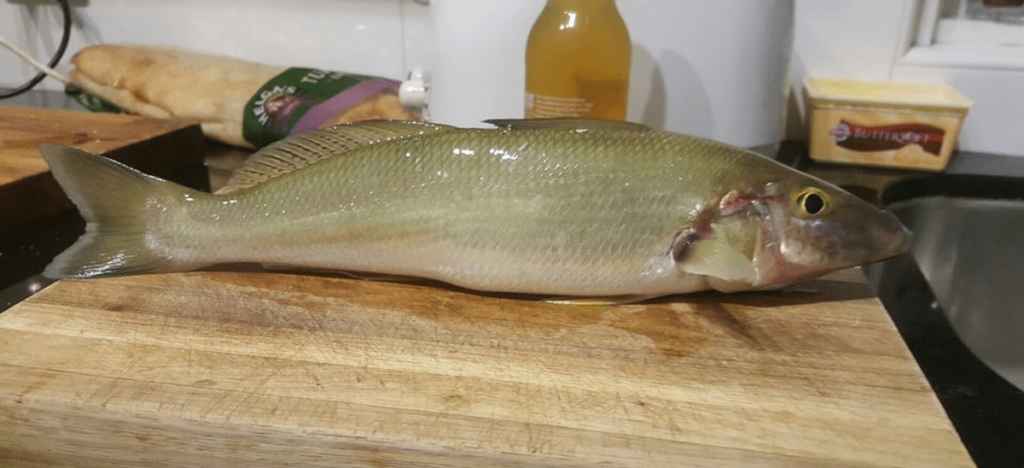
Characteristics:
Whiting are slender, silver fish with a slightly elongated body and a pointed snout. They are typically smaller than some other species in the river, averaging around 20 to 35 centimeters in length, though larger specimens can reach up to 40 centimeters. Whiting are prized for their mild, sweet flesh, making them a popular catch for those who enjoy fresh seafood.
Habitat:
In the Hawkesbury River, Whiting are commonly found in sandy or muddy areas, particularly in the shallow waters near river mouths, sandbanks, and estuaries. They prefer clear, calm waters where they can easily forage for small invertebrates and crustaceans. The best spots to find Whiting are often in the lower sections of the river where the water is warmer and more saline.
Fishing Tips:
Whiting are relatively easy to catch, making them a great target for anglers of all skill levels. Light tackle is recommended to fully enjoy the subtle bites of Whiting. Using live bait such as worms, prawns, or yabbies is highly effective, and fishing in the shallows during a rising tide often yields the best results. Early morning and late afternoon are prime times to fish for Whiting, especially during the warmer months.
Plan Your Fishing Adventure
Your Guide to Hawkesbury River Fish Species & the Perfect Stay
The Hawkesbury River is a true angler’s paradise, teeming with a variety of fish species that offer both challenge and reward. From the spirited Australian Bass and the adaptable Bream to the prized Mulloway and the delicious Whiting, each species brings its own unique experience to your fishing adventure. Whether you’re seeking the thrill of landing a fast-moving Tailor or the satisfaction of reeling in a tasty Luderick, the diverse aquatic life of the Hawkesbury River ensures there’s something for every angler to enjoy.

Choosing the Luxury Hawkesbury River Hideout as your base adds an extra layer of convenience and comfort to your trip. With direct access to prime fishing spots, modern amenities, and stunning river views, the Hideout is more than just a place to stay—it’s a gateway to the ultimate fishing experience. After a day on the water, you can return to the Hideout to relax, recount your successes, and prepare for another day of adventure.
Whether you’re planning your first trip to the Hawkesbury River or you’re a seasoned visitor, understanding the local fish species will enhance your experience and increase your chances of a successful catch. So pack your gear, book your stay at Hawkesbury River Hideout, and get ready to make unforgettable memories on the river.

You Might Also Like:
If you enjoyed reading this blog post, you might also be interested in:

